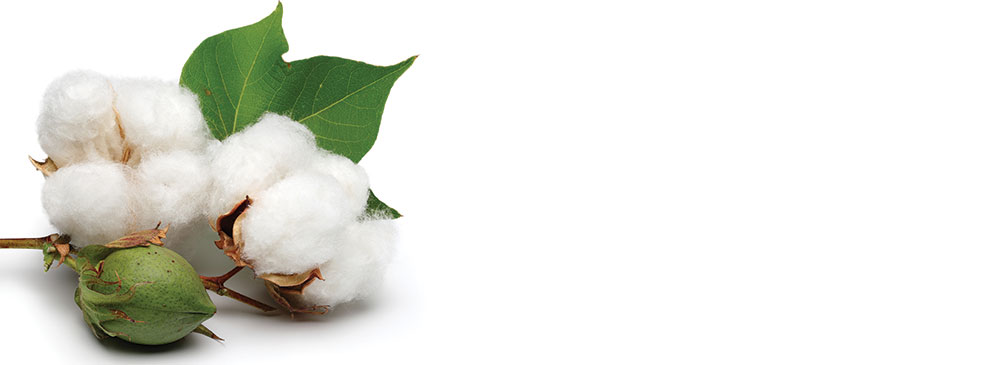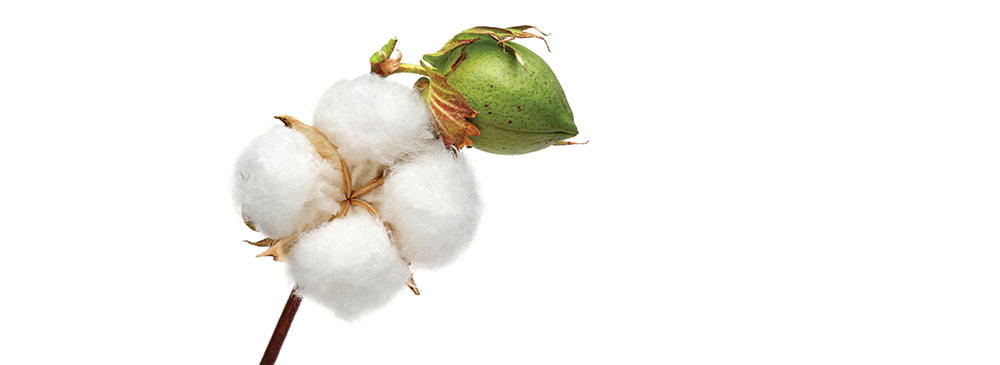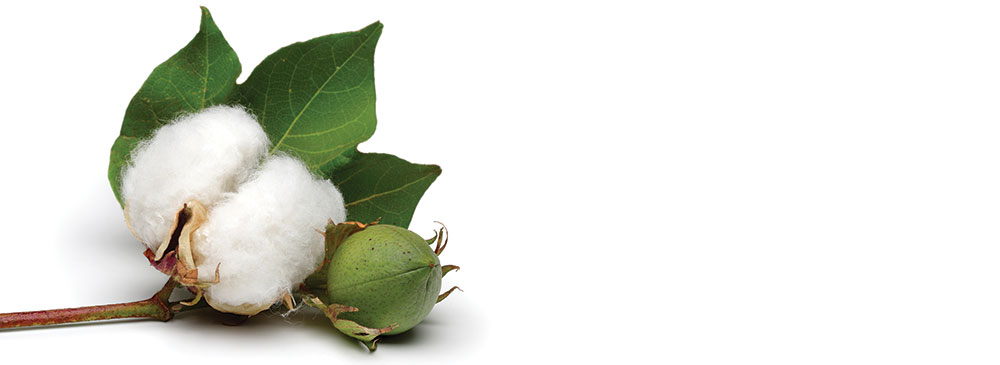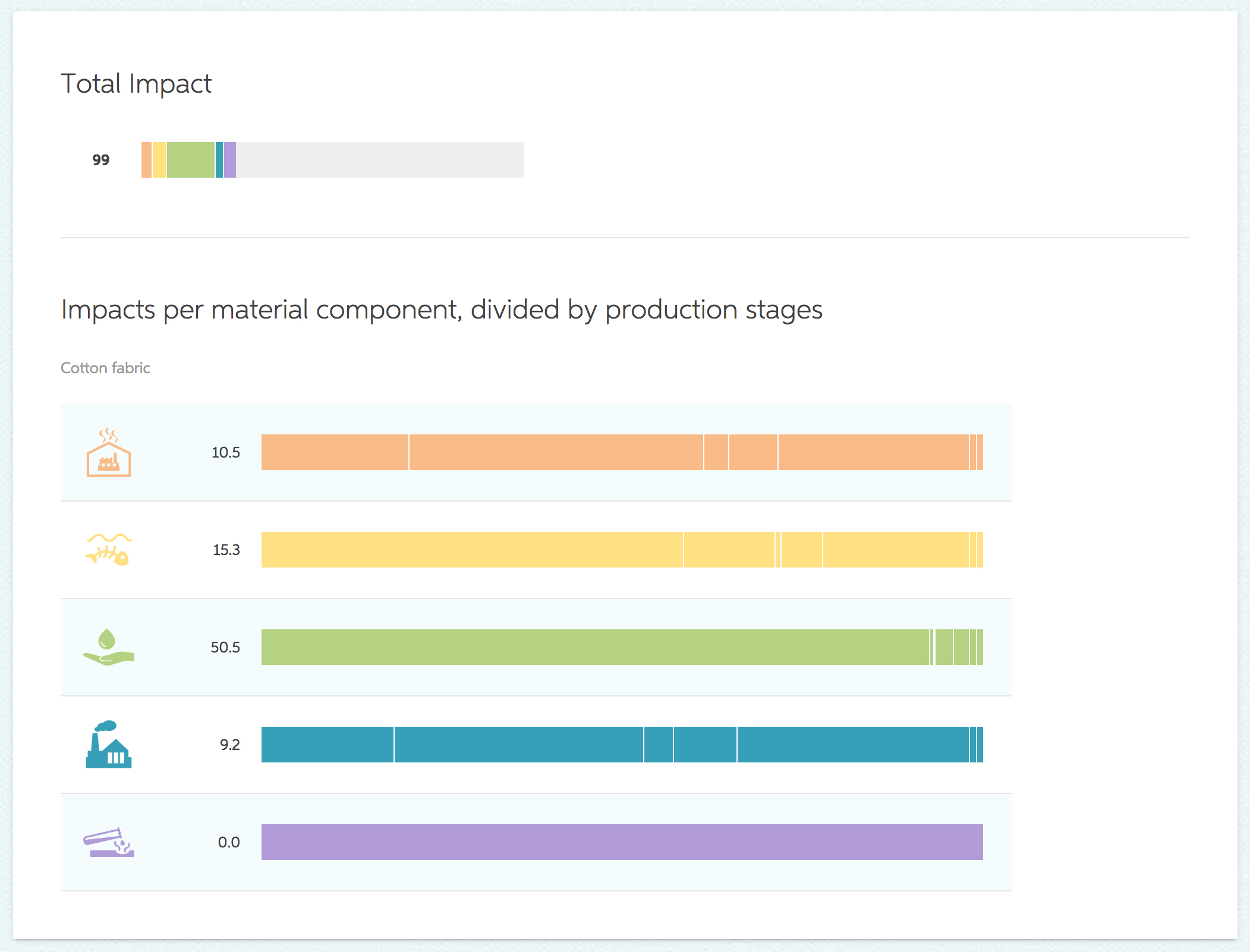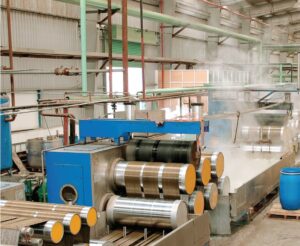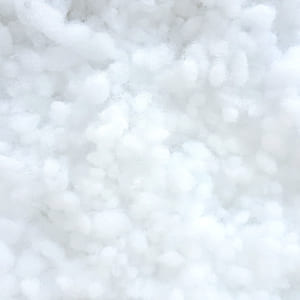What is cotton?
Cotton is a plant that produces fibers, which are used to make clothes and other products, like towels, carpets, or sheets. Clothes made out of cotton are especially light and comfortable.
What Cotton Is Used For ?
Every part of the cotton plant can be used. The long cotton fibers are used to make cloth, the short fibers can be used in the paper industry. You can make oil or margarine out of the seeds of the cotton plant. The leaves and stalks of the cotton plant are plowed into the ground to make the soil better. Other parts of the plant are fed to animals.
Cotton is a durable, natural fiber harvested from cotton plants. Civilizations have harvested and used cotton for thousands of years and even today, it’s one of the most popular fabrics.
Although it may not seem like it, cotton is a very versatile material. Based on how the cotton bedding is treated after being harvested, it can either feel soft or rough and be durable or weak.
Where Cotton Is Grown?
Cotton is a subtropical plant that grows in many warm areas of the world. It started as a plant of the tropics but today it is grown in other warm areas that have at least 200 frost-free days. The most important cotton-growing countries are the USA, China, India, Pakistan, and Australia.
Cotton needs a hot, sunny climate to grow. The plant needs well-drained soil and a lot of rainfall during the growing season. During the harvest season, it should be sunny and dry. Some areas grow cotton on irrigated land.
Cotton needs soil that has a lot of nitrogen in it. Farmers use chemical fertilizers to improve the soil.
Growing And Processing Cotton
Cotton plants can reach a height of up to 2 meters.
After plowing the soil in spring cotton seeds are planted in rows by hand or machine. Three weeks after the plants come out flower buds begin to form. They produce white flowers that turn red and fall off. The flowers have a green fruit, called boll, which has seeds in it. The white fiber of different lengths grows around the seeds. Cotton can be harvested when the boll bursts open and shows the fibers inside. The longest fibers are up to 6 cm long and are used for the best cloth. Most fibers, however, are much smaller.
Cotton is harvested about 150 to 200 days after farmers plant it. In industrial countries picking machines to drive through the fields, harvest the cotton, and transport it onto a trailer.
Gins separate the cotton fiber from the seeds. Cotton is then combed, dried, cleaned, and pressed into bales. Cotton buyers or brokers buy the raw cotton and then sell it to textile mills. There, spinning machines spin cotton into yarn. The yarn is woven into cloth, which is bleached and sometimes dyed.
History Of Cotton
Humans realized very early that the soft, fluffy cotton fibers can be used to make comfortable clothes. Cotton was first grown in Pakistan and the Nile Valley about 3,000 years ago. Native Americans started growing cotton at the same time in North America. Europe was introduced to cotton through Arab merchants at about 800 A.D. By 1500 cotton was known all over the world.
When Europeans founded colonies in America they relied on cotton to make a living. In the early days, growing and harvesting cotton was a hard job that was done manually by slaves.
In 1793 an American, Eli Whitney, invented the cotton gin, the machine that separated seeds from fiber. This new invention allowed farms to produce even more cotton.
In the second part of the 20th-century people started to produce synthetic fibers, like nylon and acrylic. The importance of cotton fiber began to drop. By the middle of the 1970s cotton made up only one-third of all fibers worldwide. Many cotton farmers had to close their farms. Governments, especially in America, had to help cotton farmers during this economically difficult period.
By 1990 the demand for cotton clothes became bigger, simply because people saw that cotton was a natural fiber and very comfortable to wear. By the turn of the millennium, cotton regained its importance.
Towards the end of the 20th-century farmers started experimenting with organic cotton, grown without chemicals or pesticides. Such cotton, however, has turned out to be more expensive than normal cotton.
What is Cotton Fiber?
Cotton comes from the fluffy fibers – known as ‘bolls’ – that surround the seeds of the cotton plant. The fibers are de-seeded using a cotton gin, cleaned, carded (to align the fibers), spun into cotton yarn, and woven into the fabric.
This process involves several locations – from harvesting in cotton fields, cleaning and compressing the cotton lint into bales at gin yards, to shipping the bales to textile mills for spinning and weaving or knitting. The yarn or fabric produced may then be dyed, printed, or finished before being sent to garment manufacturers.
6 countries produce 80% of the world’s cotton
Cotton is the world’s largest non-food crop, grown for trade by more than 80 countries. However, production is concentrated in just six – China, India, Australia, Brazil, the US, and Pakistan – that combined produce 80 percent of all cotton.
Although the cotton plant grows wild in many dry tropical or sub-tropical areas, it is a labor-intensive crop. Optimal growth requires dry warmth, sunshine, regular irrigation, and protection from pests and weeds.
Cotton is versatile but losing market share
A highly versatile fiber, cotton can be turned into a wide range of fabrics: corduroy, denim, flannel, jersey, lawn, muslin, organdy, percale, Pima, twill, and velvet among others. It can be used alone or blended with other fibers such as polyester to improve durability, and with elastane to produce stretchy fabrics, as in stretch jeans.
Many types of apparel are made from cotton – outerwear, shirts, trousers, t-shirts, light summer clothing, lingerie, and eveningwear. It is widely used in homewares including cushions, bedding, and towels.
Despite being the most-used natural fiber, cotton has been steadily losing market share to synthetic fibers since the early 2000s. Cotton now accounts for 21 percent of total global fiber use for apparel and textiles, against 65 percent for synthetics. Annual cotton production was estimated to be between 21 million and 23 million tonnes in 20162, worth around $41 billion.
90% of cotton farmers are in low-income countries
Cotton is the economic mainstay of several low- and middle-income countries, providing work and income for around 350 million people. About 90 percent of cotton farmers are in low-income countries, cultivating smallholder plots of less than two hectares.
Hefty impacts of conventional cotton
Cotton’s water consumption
The cotton trade brings economic benefits to these regions – but also serious environmental and social problems.
Water usage is among the most dramatic. More than half of global cotton production – 57 percent – takes place in areas under high or extreme water stress, according to data compiled by the World Resources Institute3.
Only 30 percent of the cotton produced comes from ‘rain-fed farming. The rest relies on irrigation, mainly wasteful flood irrigation4.
The Aral Sea in Central Asia vividly illustrates the effects of such stress. It shrank to just 10 percent of its former volume, through drought and decades of diverting water chiefly to irrigate cotton farms5.
Cotton’s chemical usage
As well as being a thirsty crop, cotton cultivation currently uses lots of chemicals – 4 percent of all world pesticides and 10 percent of insecticides are used in cotton-growing6.
These inputs can pollute local eco-systems and drinking water supplies.
Social impacts of cotton farming
Cotton’s historic links to the slave trade are well known. In a miserable echo of that, rights groups have now documented evidence of the ongoing use of child and forced labor in cotton cultivation today, with children as young as five working in cotton fields or ginning factories in countries such as India, Egypt, and Uzbekistan7.
As a globally traded cash crop, cotton prices can fluctuate significantly. This hits poor cotton producers particularly badly, affecting their incomes, working conditions, and quality of life.
Awareness of these major drawbacks is growing, prompting several worldwide initiatives to produce cotton more sustainably and more equitably. Known as ‘preferred cotton’, these accounted for 19 percent of total world cotton output according to Textile Exchange’s 2018 reports.
Evidence suggests that more sustainable schemes offer clear environmental gains. A lifecycle analysis of organic cotton published in 20168 found that organic cotton had half the global warming potential of conventional cotton, 91 percent less use of fresh water from lakes and streams, and approximately a third of the energy demand.
Sustainable cotton
Five main initiatives exist for growing cotton using sustainable or ethically based principles – organic cotton, Fairtrade cotton, the Better Cotton Initiative (BCI), Cotton made in Africa (CmiA), and the REEL Cotton program. The Global Organic Textiles Standard (GOTS) also has a heavy focus on cotton and addresses the social and environmental aspects of cotton processing and cotton garment manufacturing.
There is a tendency to use ‘sustainable’ as an umbrella term for all cotton produced under these various schemes, and other actions that brands may pursue independently. However, each of the five programs has a different slant – depending on whether driven by ecological or social issues. For instance, amongst other things that each of the initiatives do,
- BCI forges partnerships and works to improve the social, economic, and environmental outcomes for farmers in the cotton supply chain above that of conventional cotton;
- organic certified cotton strictly monitors pesticide and insecticide use, and farm management using national certification criteria;
- Fairtrade certified cotton guarantees farmers a fair minimum price for their cotton and to invest in their community;
- CMA focuses on improving the livelihoods and sustainability of cotton-growing communities in sub-Saharan Africa;
- REEL Cotton works on-farm sustainability, supply chain traceability, and decent working conditions.
Cotton produced under the Better Cotton Initiative (BCI) dominates output for the sustainable cotton sector.
Benefits of Organic cotton fabric
The benefits of using certified organic cotton material are numerous. Compared with conventional cotton, it is softer and more pleasant; therefore, it is perfect for those with sensitive skin or allergies.
Over time, organic cotton proves to be a more advantageous investment due to its superior durability and longer lifespan compared to conventional cotton. Furthermore, because organic cotton breathes well, it’s a great material for sportswear and for those who need to wear comfortable, breathable clothes to work.
Because of its easy biodegradability and compostability, it doesn’t leave any harmful waste, thus having a positive impact on the environment. This is particularly crucial when you take into account the volume of textiles and apparel that are disposed of in landfills every year. You may be certain that you are lessening your carbon footprint and maintaining a clean and healthy environment by selecting raw materials made of organic cotton.
Lastly, buying organic cotton helps to assist regional farmers and rural areas. By purchasing goods made of organic cotton, you are assisting the local economy and farmers, who put forth a lot of effort to produce sustainable, healthful goods.
Read more: https://vnpolyfiber.com/what-should-we-know-about-cotton/
Key reports and tools:
Thirsty for Fashion, Soil Association (2019)
Is Cotton Conquering It’s Chemical Addiction? Pesticide Action Network (2017, revised 2018)
Three Free Tools To Help You Source Organic Cotton from Cotton2040 and Textile Exchange
Reference: Organic Cotton fabric details; Another good article on the goodness of organic cotton; ota.com ; Read more about 2025 Sustainable Cotton Challenge here ; Non profit organisations working for organic cotton like Cotton connect, Fairtrade international, Pesticide Action network, Soil association, BioRe foundation.
https://respecterre.com/blogs/news/the-best-eco-friendly-fibres

